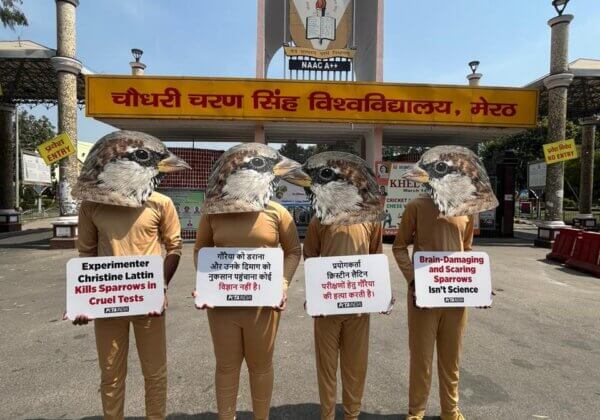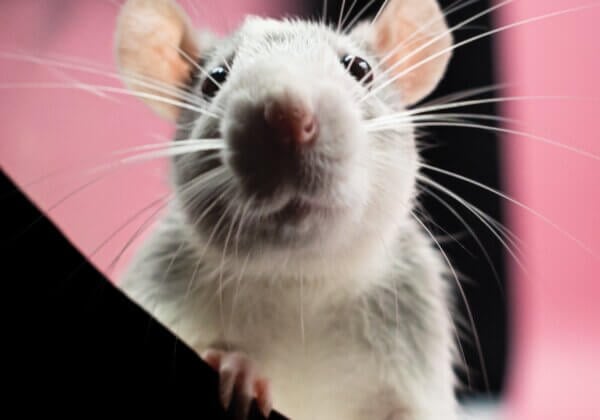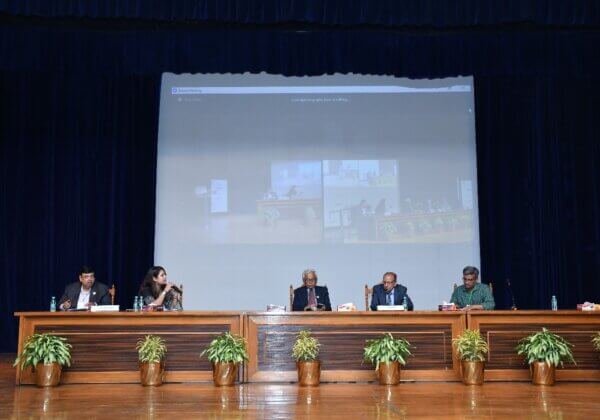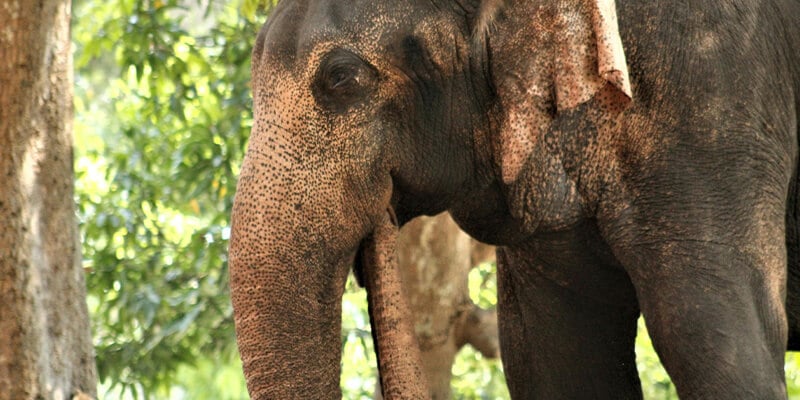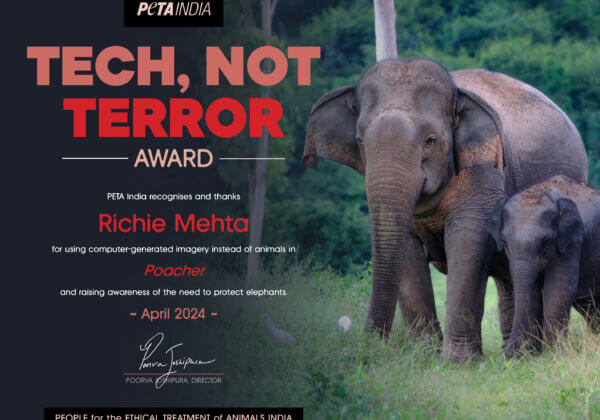Promoting Modern Pedagogy by Cutting Out Animal Dissection in Indian Universities
For years, compassionate students, sane teachers and others who hold a stake in the country’s educational system have dreaded the dissection of animals in zoology and life-science courses. That is why I take particular pleasure in reporting that the University Grants Commission (UGC) has accepted the recommendation of its core expert committee – on which it has been my pleasure to serve – to end animal dissection in university and college laboratories for zoology and life-sciences courses. The recommended change will also require universities to adhere to the Prevention of Cruelty to Animals Act 1960 as well as the Wildlife Protection Act 1972, which prohibits the killing of amphibians and certain insects.
The UGC expert-committee recommendation, which was forwarded to the Indian government’s Department of Science and Technology, the Ministry of Human Resources Development (MHRD) and the UGC legal advisor for input, has recently been given the nod. The expert committee is currently preparing to finalise guidelines on the basis of approved recommendations to be sent to all Indian universities. Following their implementation, it is expected that by the turn of the coming academic session, undergraduate and postgraduate zoology and life-sciences students will no longer be required to dissect animals as part of their practical curriculum.
This is good news not only for animals but also for our college and university students. Humane alternatives to the deliberate killing of animals – including modern pedagogical tools such as computer–based multimedia simulators, virtual labs, specialised interactive CD-ROMs, films, charts, lifelike models and high-resolution images and videos of dissections performed by experts – will take over the traditional and cruel practices of the past to teach morphology, anatomy, physiology and the like in an effective manner. This will also give freedom of conscience to young people who opt to enrol in biology courses. I estimate that employing these alternatives will save roughly 19 million animals belonging to a variety of species, from fish to mammals. In addition, the adoption of these non-animal methods will deal a death blow to the well-organised nexus between educational institutions and those who catch, kill and supply animals.
Dissection is not just cruel, it is also antiquated. Studies have shown that non-animal methods teach anatomy and complex biological processes as well as or better than do animal laboratories, and they have proved much more effective and humane. At the same time, their use will save universities an enormous amount of money compared to the expense of purchasing animals year after year.
It is well known that countless frogs, mice, rats, guinea pigs and rabbits have suffered and died each year for life-sciences courses. Inspections of breeding businesses have discovered ill and wounded animals crammed inside soiled cages, rats embalmed alive and workers who killed frogs by slamming their heads against hard surfaces. In school laboratories, live animals are often pinned down and cut open, while others are improperly euthanised. No wonder many students avoid these courses entirely. Very few students who dissect animals in zoology and life-science courses will ever have to cut into an animal later in life, so the minor anatomical knowledge and dissection skills acquired by dissection have little to no real use in most students’ subsequent careers. Even medical and veterinary students around the world increasingly gain their knowledge from non-animal methods and observation of procedures as they are performed on actual patients.
Formaldehyde, the preservative used to embalm animals, has been linked to cancer of the throat, lungs and nasal passages as well as a variety of other health problems, so it poses an additional threat to student dissectors. Dissection also desensitises students to animal suffering by promoting the disturbing notion that it is acceptable to inflict misery and death on animals.
The recommendations finally accepted by the UGC restore to life sciences and zoological education the concept of ahimsa, or non-violence, which is vital to maintaining our reputation as a nation with traditional values and a compassionate disposition. I encourage educators, administrators, parents, students and policymakers at all levels to continue to work together to replace outmoded dissection and animal experiments with superior, modern non-animal approaches for the good of everyone involved. To learn more, visit PETA India.com.
Dr BK Sharma is an associate professor and the head of the Department of Zoology at RL Saharia Govt PG College (affiliated with the University of Rajasthan, Jaipur), Kaladera 303801, Jaipur, Rajasthan, as well as a key member of the UGC-MHRD Core Expert Committee to Consider Discontinuation of Dissection of Animals in Zoology/Life Science in Indian Universities and Colleges. He can be reached on [email protected].



